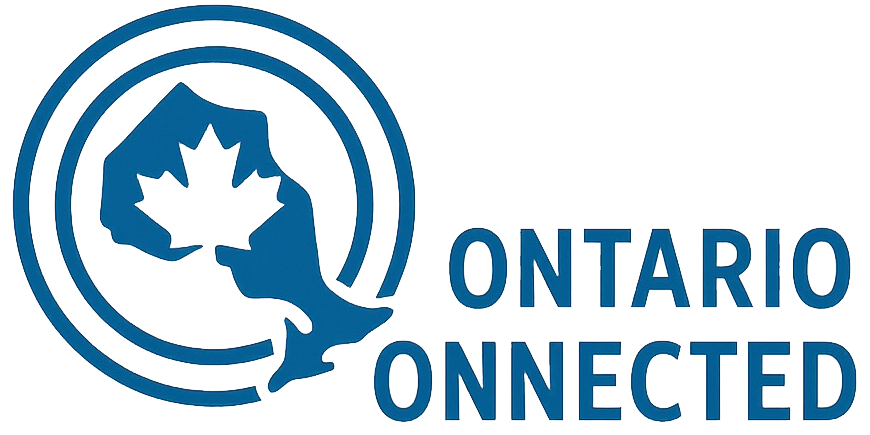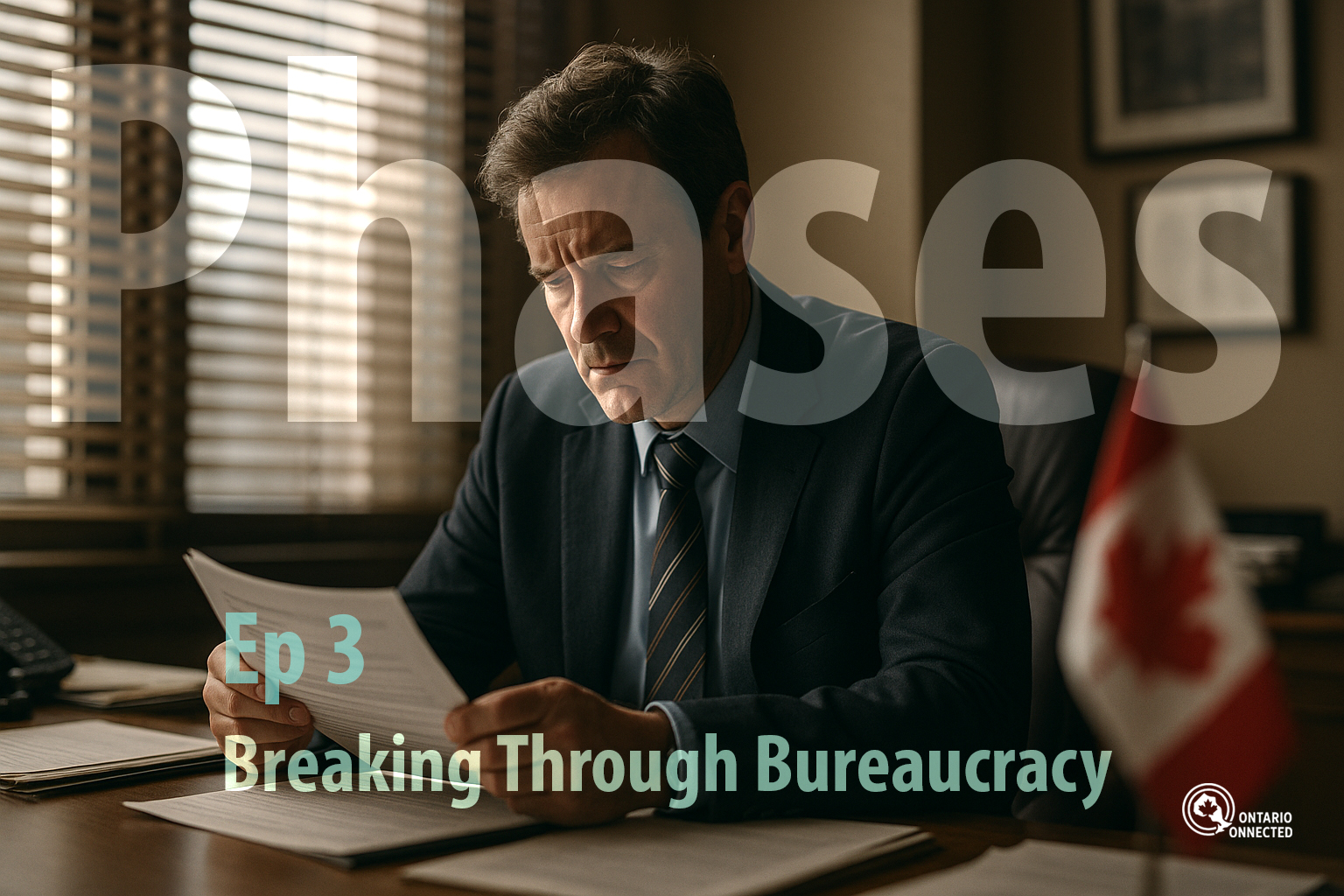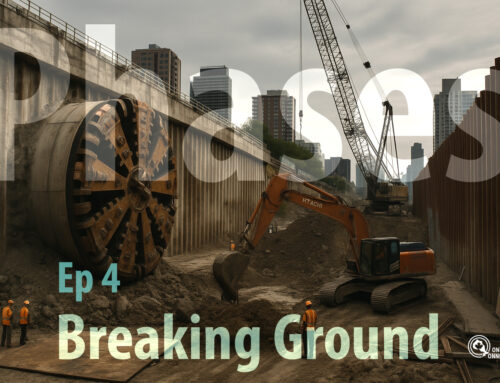Episode 3: Breaking Through Bureaucracy
If you’ve lived in Ontario long enough, you know the pattern. A new project is announced with fanfare: glossy renderings, smiling politicians, ribbon-cutting promises. Hope rises. Then come the studies. The consultations. The reviews. A change in government. A sudden cancellation. Another press conference years later, announcing yet another “new plan.”
The cycle repeats, but the trains never arrive.
For decades, Ontario has been trapped in this bureaucratic loop. Projects drag on, billions are wasted, and commuters are left asking the same question: why can’t we just get it done?
Ontario Connected cannot afford to become another victim of this cycle. If we want a province connected by high-speed rail, we must first learn how to break through the red tape.
A History of Delays and Broken Promises
Think about the Eglinton Crosstown LRT in Toronto — first proposed in the 1990s, under construction since 2011, still not running as of today. Billions spent, years lost, trust eroded. Or the Ottawa LRT, plagued by delays, cost overruns, and technical failures that left riders stranded.
Then there are the cancelled projects — from the mid-2000s gas plants scandal that cost taxpayers $1 billion with nothing to show, to shelved transit lines announced by one government and scrapped by the next. Each time, Ontarians paid. Each time, faith in government weakened.
This is the reality of Ontario’s bureaucracy. The problem is not engineering. The problem is politics.
Why Bureaucracy Costs Us More Than Money
When projects stall, the losses are not just financial. Families lose years of their lives in traffic. Businesses struggle to compete with global cities that already invested in high-speed rail decades ago. Young Ontarians look abroad — to Europe, Asia, even the U.S. — and wonder why their province can’t deliver the same.
Bureaucracy breeds cynicism. Every delay, every broken promise convinces more people that “Ontario just doesn’t build things.” That mindset is as dangerous as the gridlock itself — because once people stop believing change is possible, nothing gets built at all.
The Political Game of Legacy
Part of the problem is legacy politics. Every new government wants to put its own stamp on history. Instead of continuing the work of predecessors, projects are cancelled, renamed, or reset — wasting years and billions in the process.
This cycle of political vanity has cost Ontario dearly. While countries like France, Spain, and Japan built national rail networks decades ago, Ontario is still debating whether to even start.
If Ontario Connected is to succeed, it cannot be tied to the ego of one premier or one party. It must be anchored in legislation, protected across elections, and treated as a public good — like healthcare or education — that no politician can simply erase.
The Transparency Problem
Bureaucracy also thrives in the dark. Contracts hidden from public view. P3 deals (public-private partnerships) that bury risk in fine print and deliver failure at premium prices. Communities left in the dark until construction starts outside their doors.
This secrecy breeds suspicion — and rightly so. Ontarians are tired of hearing about cost overruns only after the fact. They want honesty up front: What will it cost? Who is paying? What are the risks?
Transparency is not a luxury. It is the foundation of trust. Without it, Ontario Connected will collapse under the weight of public skepticism.
How We Break the Cycle
- A Permanent High-Speed Rail Authority
Ontario needs a dedicated body — independent of politics — to oversee the project. This authority must have the power, the funding, and the mandate to deliver across decades, insulated from election swings. - Locked-In Funding Legislation
Just like healthcare and education, rail funding must be written into law in 10-year blocks, guaranteed regardless of which party is in power. No more cancelled contracts. No more wasted billions. - Unified, Streamlined Approvals
Environmental assessments, Indigenous consultations, and municipal agreements must remain thorough — but consolidated. Instead of overlapping layers of reviews, Ontario needs a single, transparent process that is efficient and accountable. - Transparency at Every Step
Budgets, contracts, milestones, and even setbacks must be public. An online dashboard should track progress in real time, showing Ontarians where their money goes. - Public Pressure and Ownership
None of this will happen without Ontarians demanding it. Pressure must come not just from commuters, but from businesses, unions, Indigenous communities, students, and families. When Ontarians speak as one, governments cannot ignore them.
A New Culture of Building
Breaking through bureaucracy is about more than cutting red tape. It is about creating a culture of building — one where Ontarians expect big projects to happen, and where governments are judged not by their announcements, but by their results.
We can learn from history. The TTC was once the envy of the world, built quickly and efficiently in the 1950s and 60s. Medicare was once a radical idea — today it is untouchable. Big things can be built in Ontario when the people demand it and refuse to let politics get in the way.
Closing Vision
Episode 3 is the turning point. It is where we confront the reality that Ontario’s biggest obstacle is not cost, or technology, or even political will — it is the system itself.
If we break through the bureaucracy, Ontario Connected has a chance to succeed. If we don’t, it will join the long list of projects that never were.
This is the fight before the fight. And it is one Ontarians cannot afford to lose.
Next comes Episode 4: Breaking Ground — the moment when Ontario finally puts shovel to soil and proves it is ready to build.






Leave A Comment
You must be logged in to post a comment.